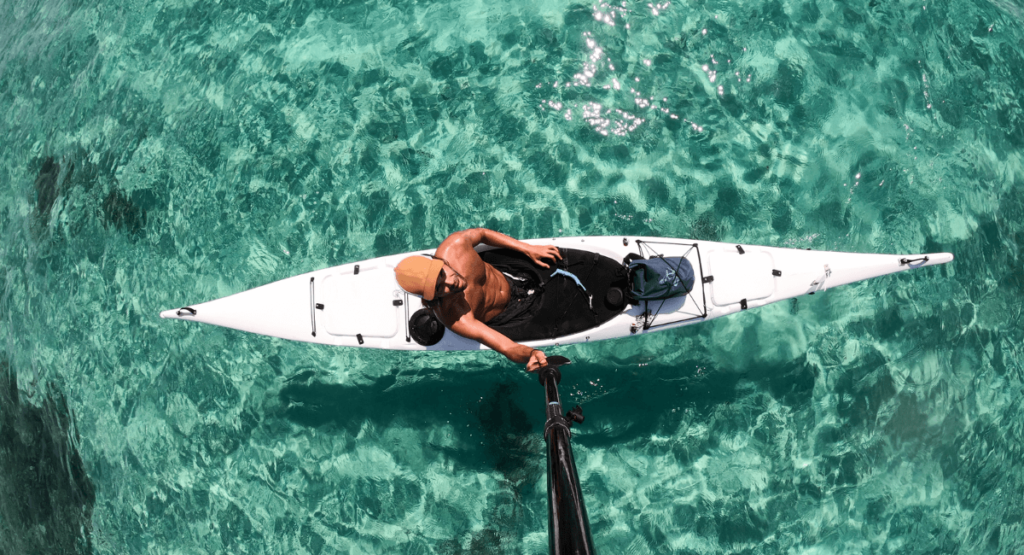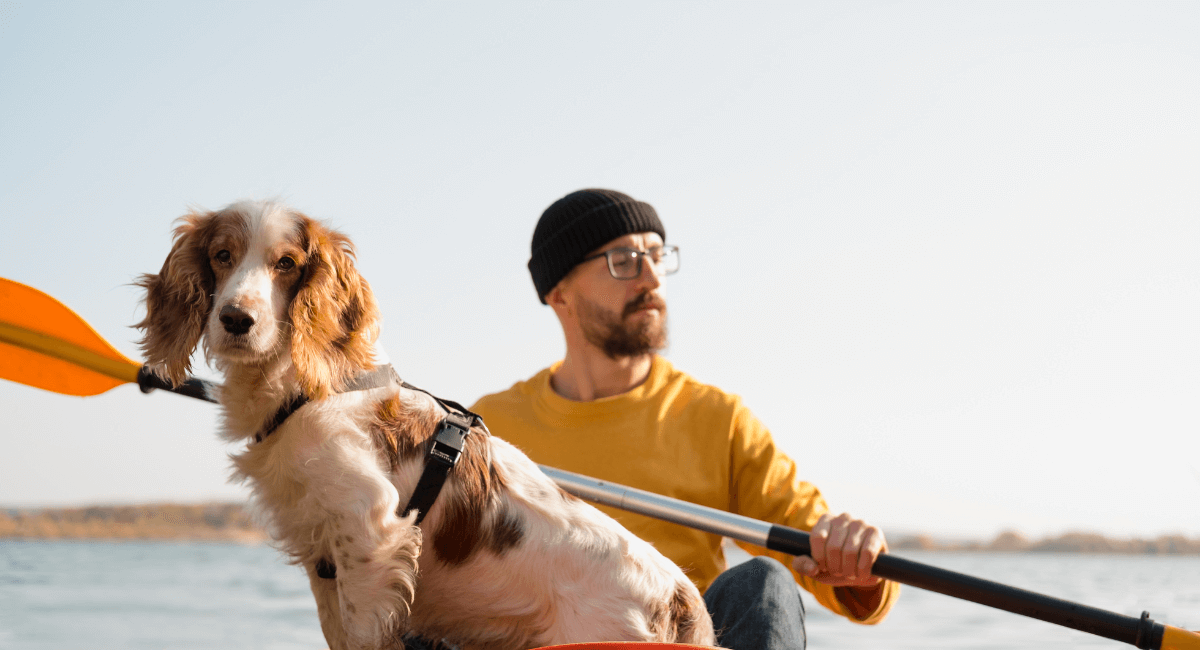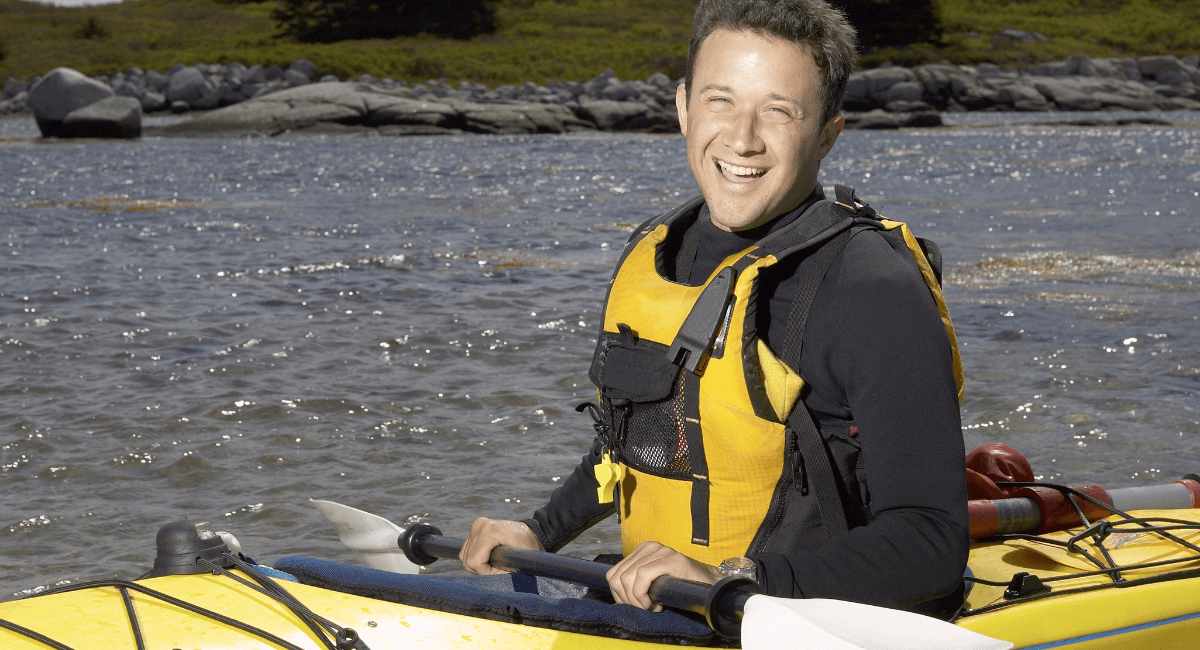Sit-in kayaks offer increased stability but are more prone to water entering the cockpit. They provide better maneuverability and are suitable for calm waters.
Sit-in kayaks are ideal for fishing, photography, and touring due to their narrower design that allows for better control. Additionally, they provide a lower center of gravity, resulting in enhanced balance. However, the enclosed cockpit can feel restrictive for some users and may be challenging to enter and exit.
It is essential to consider your specific needs and preferences when deciding on a sit in kayak for your adventures on the water.
Pros Of Sit-in Kayaks
Sit-in kayaks, also known as traditional or touring kayaks, offer a range of benefits that make them a popular choice among paddlers. In this section, we’ll explore the advantages of sit-in kayaks, focusing on superior tracking ability, protection from elements, and their lower center of gravity.
Superior Tracking Ability
Sit-in kayaks are revered for their outstanding tracking ability. The design of these kayaks allows for precise maneuvering through various water conditions. With their sleek profile and efficient hull shapes, sit-in kayaks can maintain a straight course and navigate swiftly, offering a superior tracking experience.
Protection From Elements
One of the key advantages of sit-in kayaks is the enhanced protection they provide from the elements. The cockpit design offers a shielded environment, keeping paddlers sheltered from wind, water splashes, and sun exposure, allowing for a comfortable and more enjoyable paddling experience.
Lower Center Of Gravity
Sit-in kayaks feature a lower seating position, offering a lower center of gravity. This design element contributes to increased stability, making it easier for paddlers to maintain balance and control. With a lower center of gravity, kayakers can confidently navigate different water environments with added stability and control.
Cons Of Sit-in Kayaks

Exploring the cons of sit-in kayaks is crucial for making an informed decision about choosing the right kayak for your needs. While sit-in kayaks offer certain advantages, they also come with some drawbacks that you should consider before making a purchase. In this section, we will delve into some of the key disadvantages of sit-in kayaks.
Limited Visibility
Sit-in kayaks have limited visibility due to the enclosed cockpit design, which can make it challenging to see your surroundings clearly while paddling.
Difficulty In Reentry
Reentering a sit-in kayak after capsizing can be difficult, especially for beginners, as it requires more skill and practice compared to sit-on-top kayaks.
Less Storage Space
Sit-in kayaks typically have less storage space than sit-on-top kayaks, which can limit the gear and supplies you can bring on your kayaking adventures.
Comparative Performance
Sit-in kayaks offer unique benefits and drawbacks when it comes to comparative performance. Let’s explore the key factors that differentiate sit-in kayaks from other models.
Speed
Sit-in kayaks are designed for enhanced speed due to their streamlined shape and lower profile in the water.
Maneuverability
The maneuverability of sit-in kayaks is exceptional, allowing for quick and precise navigation through tight spaces.
Stability
While sit-in kayaks provide good stability in calm waters, they may lack the same level of stability in rough conditions.
Comfort And Ergonomics
When it comes to choosing a kayak, considering the comfort and ergonomics is crucial for an enjoyable experience on the water. Sit-in kayaks offer various benefits and drawbacks in terms of comfort and ergonomic design. Let’s delve into the pros and cons, beginning with seating comfort and the effectiveness of foot pegs and bracing.
Seating Comfort
Seating comfort is a vital aspect to consider when evaluating the suitability of a sit-in kayak. These kayaks usually feature a contoured seat that offers ample back support, preventing discomfort during extended paddling sessions.
The seating position in a sit-in kayak provides a low center of gravity, enhancing stability and reducing the strain on the paddler’s lower back. Additionally, the enclosed design of sit-in kayaks offers protection from water splashes, contributing to a more comfortable experience, especially in cooler temperatures.
Foot Pegs And Bracing
Effective foot pegs and bracing can significantly impact the overall comfort and ergonomics of a sit-in kayak. Adjustable foot pegs allow paddlers to customize their leg position for optimal comfort and stability.
They provide a point of contact for the paddler’s feet, enabling better control and improved posture while in the kayak. The bracing system in a sit-in kayak helps to secure the paddler’s lower body, enhancing stability and maneuverability, ultimately contributing to a more comfortable and ergonomic paddling experience.
Safety Considerations

When it comes to choosing a kayak for your next adventure, safety should be at the top of your list of priorities. Sit-in kayaks are a popular choice among paddlers, but like any water sport, there are some safety considerations to keep in mind. In this section, we will explore the pros and cons of sit-in kayaks from a safety perspective, focusing on two key factors: capsizing risk and self-rescue techniques.
Capsizing Risk
One of the primary concerns when it comes to sit-in kayaks is the risk of capsizing. Unlike sit-on-top kayaks, which have an open design that allows water to flow freely, sit-in kayaks have a closed cockpit that can fill with water if they tip over. This can make them more prone to capsizing.
Pros:
- A lower center of gravity enhances stability.
- The enclosed cockpit offers protection from the elements.
Cons:
- Greater risk of capsizing due to the closed design.
- Can be challenging to quickly exit the kayak if it flips.
Self-rescue Techniques
When kayaking, it is important to have the skills and knowledge to perform self-rescue techniques in case of a capsize. Being familiar with these techniques can give you peace of mind and the ability to handle challenging situations effectively.
Pros:
- The enclosed cockpit allows for easier re-entry and self-rescue.
- Skirts can be fitted around the cockpit to minimize water entry.
Cons:
- Requires practice and proficiency to execute self-rescue techniques successfully.
- Can be more difficult to master than self-rescue techniques in sit-on-top kayaks.
In conclusion, while sit-in kayaks offer some advantages, such as improved stability and protection from the elements, they also come with inherent safety considerations. The risk of capsizing may be higher due to the closed design, and self-rescue techniques require practice to master. It is important to weigh these factors and consider your skill level before deciding if a sit-in kayak is the right choice for your next kayaking adventure.
Suitability For Different Activities

When it comes to choosing a kayak, one key factor to consider is the suitability of the kayak for different activities. Sit-in kayaks offer distinct advantages and disadvantages depending on the type of activity you plan to engage in. In this article, we will explore the pros and cons of sit-in kayaks and focus on their suitability for touring and long-distance paddling, as well as whitewater kayaking.
Touring And Long-distance Paddling
Sit-in kayaks are an excellent choice for touring and long-distance paddling due to their streamlined design and ability to provide a stable, comfortable ride. Here are some pros and cons to consider:
| Pros | Cons |
|---|---|
|
|
Whitewater Kayaking
While sit-in kayaks are not typically the first choice for whitewater kayaking, they still have certain pros and cons worth considering:
| Pros | Cons |
|---|---|
|
|
Maintenance And Storage
Discover the advantages and disadvantages of sit-in kayaks regarding maintenance and storage to make an informed decision. Regular upkeep is essential for longevity, while storage space might be limited compared to sit-on-top models. Proper care can extend the lifespan of your kayak.
Maintenance and storage play a crucial role in the care and longevity of a sit-in kayak. Understanding the pros and cons of maintenance and storage can help paddlers make informed decisions. Let’s explore the key considerations under maintenance and storage for sit-in kayaks.
### Cleaning and Maintenance Tips When it comes to cleaning and maintenance, sit-in kayaks require regular attention to ensure they remain in top condition. Here are some essential tips to keep your kayak in excellent shape:
1. Rinse after Use: After each outing, thoroughly rinse your kayak with fresh water to remove any salt, sand, or debris.
2. Inspect for Damage: Regularly inspect the kayak for any signs of damage such as cracks, dents, or leaks, and address them promptly.
3. UV Protection: Apply a UV protectant to the kayak’s surfaces to shield it from sun damage and fading.
4. Lubricate Moving Parts: Keep hinges, rudders, and other moving parts well-lubricated to prevent corrosion and ensure smooth operation.
5. Storage after Cleaning: Once cleaned, store the kayak in a dry, shaded area to prevent mold and sun damage.
### Storage Options Proper storage is essential in maintaining the overall condition of a sit-in kayak. Consider the following storage options to keep your kayak safe and in optimal condition:
1. Indoor Storage: Storing the kayak indoors, such as in a garage or a dedicated kayak storage area, provides the best protection from the elements.
2. Outdoor Options: If indoor storage is not feasible, consider using a kayak cover and storing it in a well-ventilated, shaded outdoor area.
3. Kayak Racks: Utilize kayak racks or wall mounts to keep the kayak off the ground and prevent warping or damage.
4. Invest in a Kayak Bag: Transporting and storing the kayak in a specialized kayak bag can offer an extra layer of protection. In conclusion, proper cleaning and maintenance, along with thoughtful storage options, are essential for keeping a sit-in kayak in top condition. Implementing these tips and options can extend the lifespan and performance of your kayak, ensuring many more enjoyable paddling adventures.
Frequently Asked Questions On Pros And Cons of Sit-Kayaks
Are Sit-in Kayaks More Stable Than Sit-on-top Kayaks?
Yes, sit-in kayaks tend to be more stable than sit-on-top kayaks due to their lower center of gravity and narrower design. The enclosed cockpit also provides better protection against waves and inclement weather.
Can You Stay Dry In A Sit-in Kayak?
Yes, sit-in kayaks offer better protection against water splashes, waves, and rain compared to sit-on-top kayaks. The enclosed cockpit helps keep the paddler dry, but it’s important to ensure the kayak is properly sealed and equipped with a spray skirt for maximum protection.
Are Sit-in Kayaks Suitable For Beginners?
Sit-in kayaks can be suitable for beginners as they offer greater stability and control. The lower center of gravity and streamlined design make them easier to maneuver, especially in calm waters. However, proper training and practice are always recommended for beginners to ensure safety and confidence on the water.
Conclusion
To sum up, sit-in kayaks offer great maneuverability and are ideal for calm waters and fishing. However, they are less stable and can be challenging to re-enter if capsized. Consider your specific needs and preferences before deciding on a kayak type.
Ultimately, choosing the right kayak can enhance your overall paddling experience.
